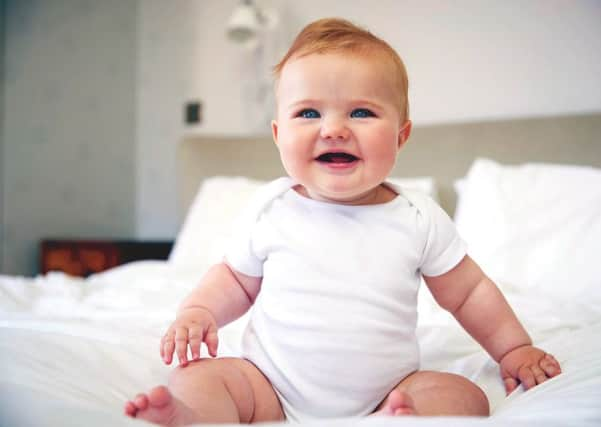Leader: Give us the means to defuse demographic timebomb


One area that has perhaps received less attention than it should, is population decline.
We reveal the latest figures today which show that the fertility rate in Scotland is lower than in the other nations of the UK. And it’s falling. The average number of children born to each woman is now 1.47, which is part of a continual long-term decline. In addition, deaths outstripped births in Scotland by about 5,000 last year.
Advertisement
Hide AdAdvertisement
Hide AdThis hasn’t been a concern over the last decade as migration has topped up Scotland’s population, both from those within the EU and outside of Europe. Furthermore, migrants tend to have higher numbers of children on average.
Brexit, however, could change all that.
Immigration policy – controlled at a Westminster level – has already tightened. And Brexit is creating fear, acting as another reason for EU citizens to consider whether to remain in Scotland, while it could also dissuade others who may have considered relocating here to work.
How big an issue this will become will depend on what sort of Brexit we end up with. And just as importantly, what effect it has on the economy. If Scotland sees growth levels falling and unemployment rising, it is likely that we will see greater out-migration.
First Minister Nicola Sturgeon said earlier this year that this was her number one concern on Brexit. “We have to work hard to ensure EU nationals know they are wanted and welcome to stay. We must not close the door to new talent,” she said. And the Scottish Fiscal Commission has said that slower population growth and a dip in inward migration could lead to the gap between the Scottish and UK economies widening.
A growing population has to be managed as it places pressure on local services such as schools, hospitals and roads. But a shrinking population in Scotland is likely to impact negatively on GDP and demand for goods.
And a weaker economy not only makes Scotland less attractive for future migrants but also makes parents think twice about whether they can afford children.
These concerns are more acute in Scotland than elsewhere in the UK, yet Westminster has refused to consider any separate arrangements on immigration for Scotland.
One other key point is that population growth and decline tends not to be even. Edinburgh and the Lothians is forecast to grow, but other areas could suffer disproportionately. The National Records of Scotland, for example, predicts Glasgow’s population growth will be slower due to fewer people moving there.
It is time for Scotland’s needs on migration to be considered properly as part of our future outside the EU.